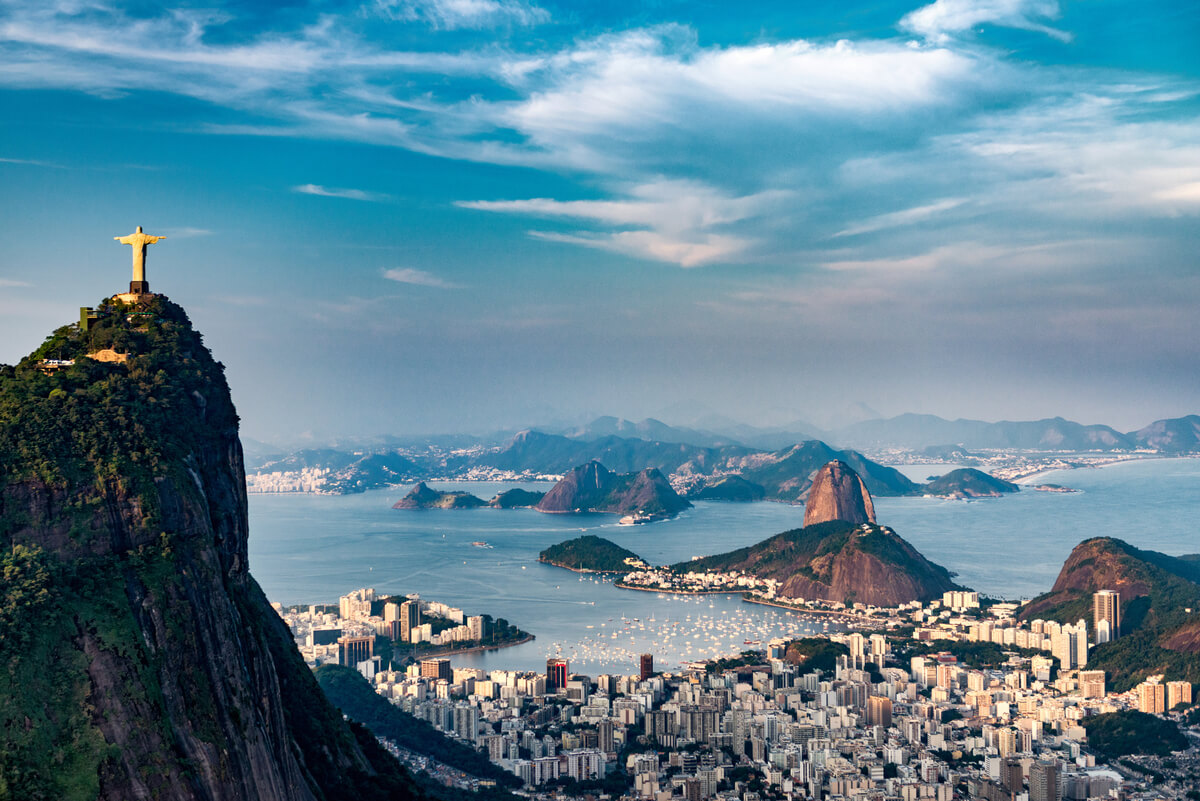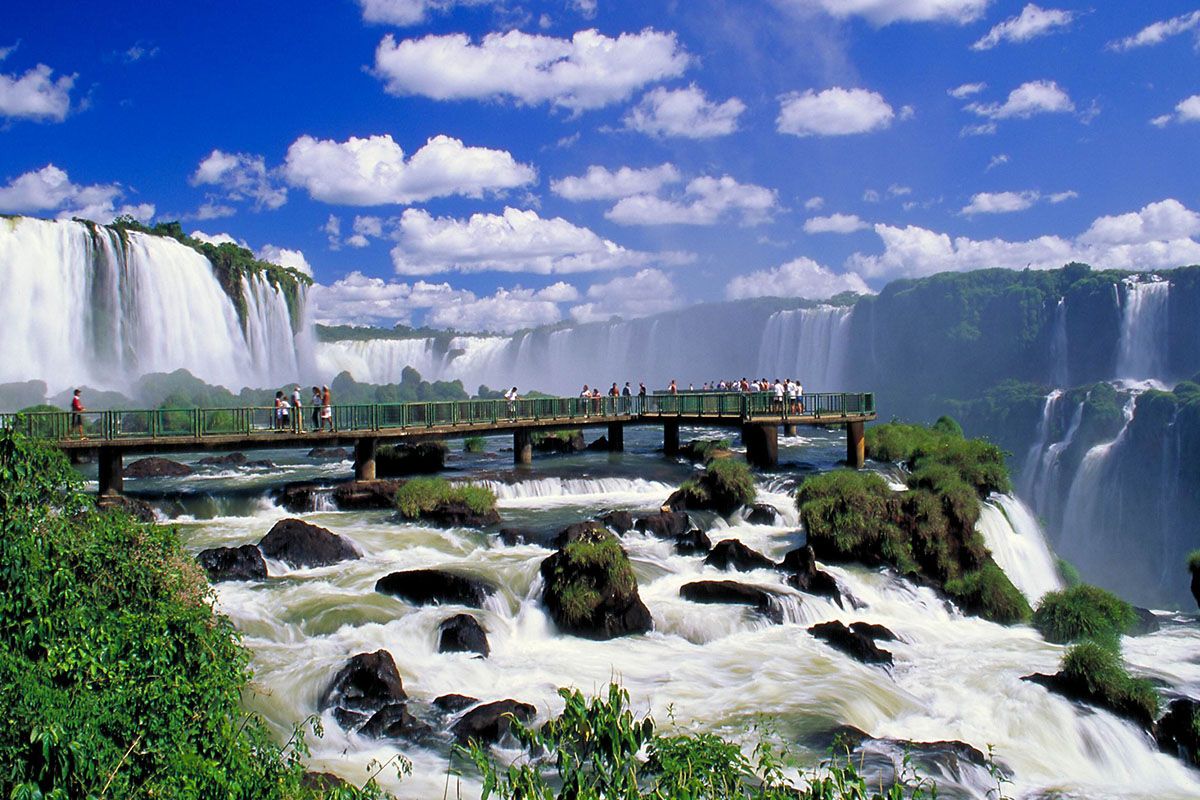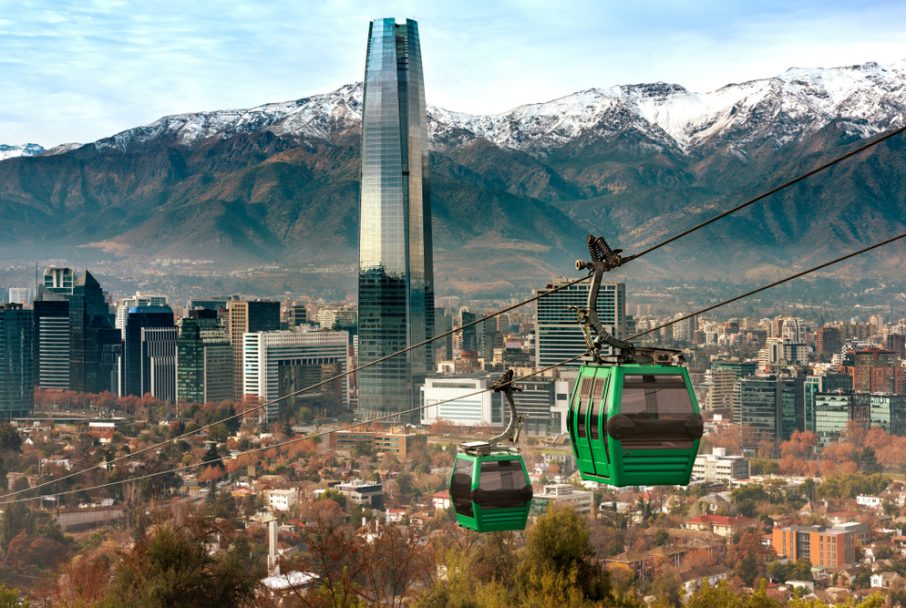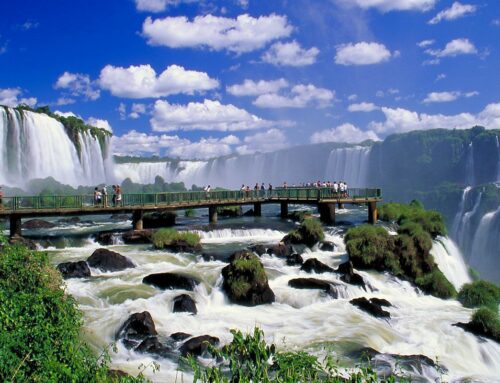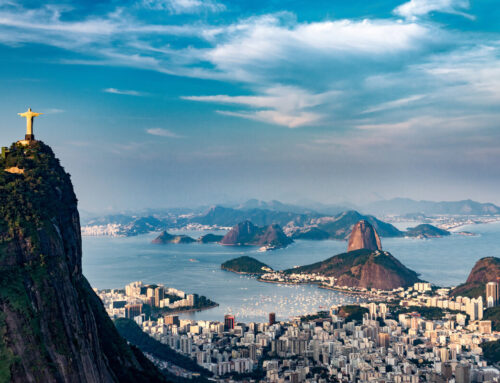Santiago
Santiago, capital of Chile. It lies on the canalized Mapocho River, with views of high Andean peaks to the east.
The city was founded as Santiago del Nuevo Extremo (“Santiago of the New Frontier”) in 1541 by the Spanish conquistador Pedro de Valdivia. The area was inhabited by the Picunche Indians, who were placed under the rule of the Spanish settlers. The original city site was limited by the two surrounding arms of the Mapocho River and by Huelén (renamed Santa Lucía) Hill to the east, which served as a lookout.
During the period of Spanish colonial rule, growth was slow. Santiago’s checkerboard outline was maintained until the early 1800s, when it grew to the north, to the south, and especially to the west. The southern arm of the Mapocho River was drained and converted into a public promenade, now the Alameda Bernardo O’Higgins. The city was only slightly damaged during the War of Independence (1810–18), since the decisive Battle of Maipú took place west of the city limits. Santiago was named the republic’s capital in 1818, and thereafter the wealth of the nation flowed into the city.
Architectural remnants of the colonial era include the Palace of the Governors, the Metropolitan Cathedral, the Mint, the Consulate Tribunal, and the churches of San Francisco, Santo Domingo, Recoleta Franciscana, and La Merced. The Cousiño Palace is an example of 19th-century architecture, while 20th-century styles are expressed in the Fine Arts Palace, the National Library, the Union Club, and the modern residences at Vitacura, San Luis Hill, and Lo Curro.
Greater Santiago contains Chile’s greatest concentration of industry. The main products are foodstuffs, textiles, shoes, and clothes; metallurgy and copper mining are also important. The city also has an active financial sector, including a stock exchange, the major banks with hundreds of branches, and many insurance companies.
Santiago is the centre of the nation’s railroads. Highways and roads connect the city with the ports of San Antonio to the west and Valparaíso to the northwest, thus providing an outlet to the Pacific Ocean. The city has a subway system, and air services are provided by the international airport at Pudahuel and the airport at Los Cerrillos, which handles domestic flights. There are also two smaller civil airports—Lo Castillo and Tobalaba—as well as El Bosque, a military airport.
The city’s cultural life is cosmopolitan, its native institutions exhibiting strong European and North American influences. There has been a resurgence of mestizo artisanship, especially in music, theatre, painting, and literature.
The city contains the National Archives and numerous libraries and museums. Advanced educational institutions include the University of Chile (founded 1842), the Catholic University of Chile (1888), and the State Technical University (1947). Despite Santiago’s status as national capital, the National Congress meets not in Santiago but in Valparaíso, 84 miles (140 km) to the northwest.
The most prominent recreation areas are the public parks of Santa Lucía Hill and San Cristóbal Hill, with its zoo and camping grounds. Many private and public sports clubs, as well as stadiums, offer varied facilities. There are ski slopes in Farellones, and several resorts are located along the coast. Santiago is situated in a region prone to earthquakes, and in 2010 a magnitude-8.8 earthquake that was centred some 200 miles (325 km) to the southwest damaged the city. Pop. (2002) city, 4,656,690; Greater (Gran) Santiago, 5,428,590; (2017) 5,250,565; Greater (Gran) Santiago, 6,562,300.
Santiago, región metropolitana, central Chile, bordering Argentina on the east, Valparaíso region on the north and west, and O’Higgins region on the south. Santiago, created a province in 1826 and a metropolitan region in 1974, is divided into the provinces of Santiago, Chacabuco, Cordillera, Maipo, Melipilla, and Talagante. It spans the fertile Central Valley and the Andean cordillera. Winter rains and snowmelt in the watershed of the Maipo River supply the water used for power development and for farm and urban needs. River canyons provide summer recreation areas and access to winter resorts (Farellones, Lagunillas, and Refugio lo Valdés).
Santiago is Chile’s major industrial and agricultural region. The bulk of Chile’s industrial and commercial activity is concentrated in the national and regional capital of Santiago, but there are important farm-supply, marketing, and processing activities at San Bernardo (location of major railroad shops), Puente Alto (a paper- and gypsum-processing centre), Melipilla, Talagante, and Buin. Dairying and beef production are significant; the main crops are grains, grapes, potatoes, and beans. Copper, gypsum, and limestone are mined. Marketing is facilitated by the proximity of urban centres, by main-line railroad communications, and by the best-developed regional road system in Chile. Area 5,947 square miles (15,403 square km). Pop. (2002) 5,428,590; (2017) 7,112,808.
Categories: América do Sul
More Lifehack Videos


